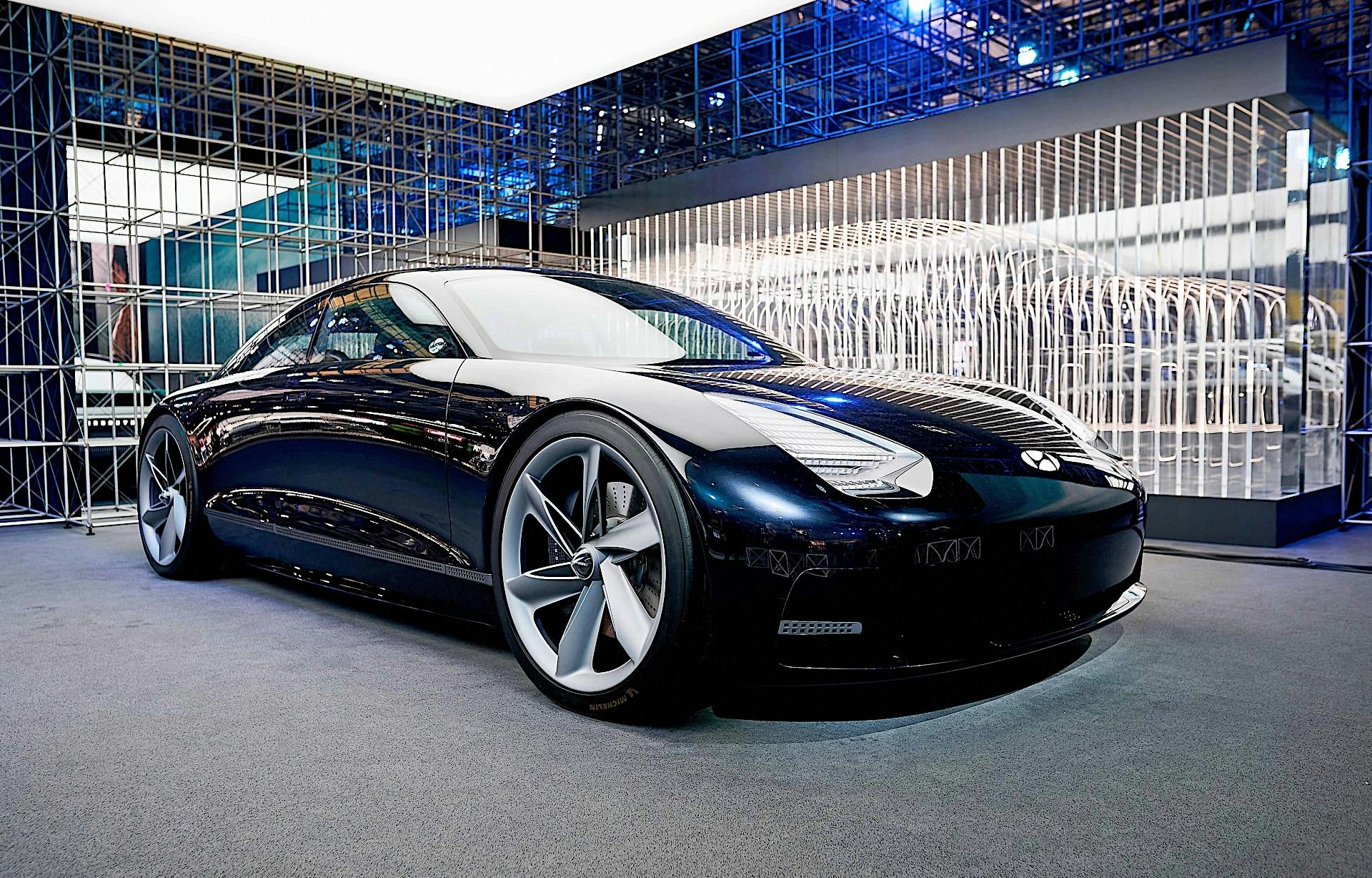The South Korean automaker Hyundai Motor has announced that it will achieve carbon neutral status by the year 2045. In conjunction with the IAA Mobility show in Munich, the company also declared that it’ll stop selling internal combustion powered cars in Europe in 2035.
Hyundai Motor, which consists of Hyundai and Kia in the United States and around the world, is adopting what it calls a holistic approach to carbon neutrality. It’ll look at clean mobility solutions, develop and implement next-generation platforms, and develop and work with green energy solutions.
“Climate change is an undeniable challenge that needs everyone’s utmost and urgent attention. Hyundai Motor commits to become carbon neutral in its global products and operations by 2045, and we will make investments in cleaner transportation and greener energy solutions to achieve a better and more sustainable future for all,” said Jay Chang, President and CEO of Hyundai Motor Company.
Addressing the clean mobility aspect of the process, the company is working on battery electric vehicles and fuel cell electric vehicles.
We’re familiar now with the company’s E-GMP architecture, and the next BEV to come from Hyundai after the Ioniq 5 is the appropriately named Ioniq 6. Based on the Prophecy EV concept, the car will focus on customized eco-friendly solutions for any type of lifestyle the buyer may have.
Hyundai is planning a large SUV powered by a fuel cell after 2025.
For next-generation platforms, we’ve already seen the Ioniq 5-based robotaxi. It’ll be in full driverless service in 2023. Additionally, the company is also working on an urban air mobility solution that’ll work in intracity routes in 2028, while connecting other cities in the 2030s. Urban air mobility, or UAM, is flying personal transport.
When talking green energy, Hyundai will continue working on green hydrogen solutions. That means using electrolysis from low-carbon power sources. Additionally, the brand is focusing on reducing carbon at its locations.
Additional development of vehicle-to-grid technology can help power companies balance the load of electric cars, supplying power to the grid during peak hours and then charging the cars during off-peak hours.
Finally, all of these batteries in these electric cars will need somewhere to go. Hyundai Motor is working on what it calls a Second Life Battery Storage System, or SLBESS. Even though batteries might not be viable in a car anymore, they can be used a variety of different ways to power commercial buildings, hospitals, or anything else that needs a backup or stable power source.

